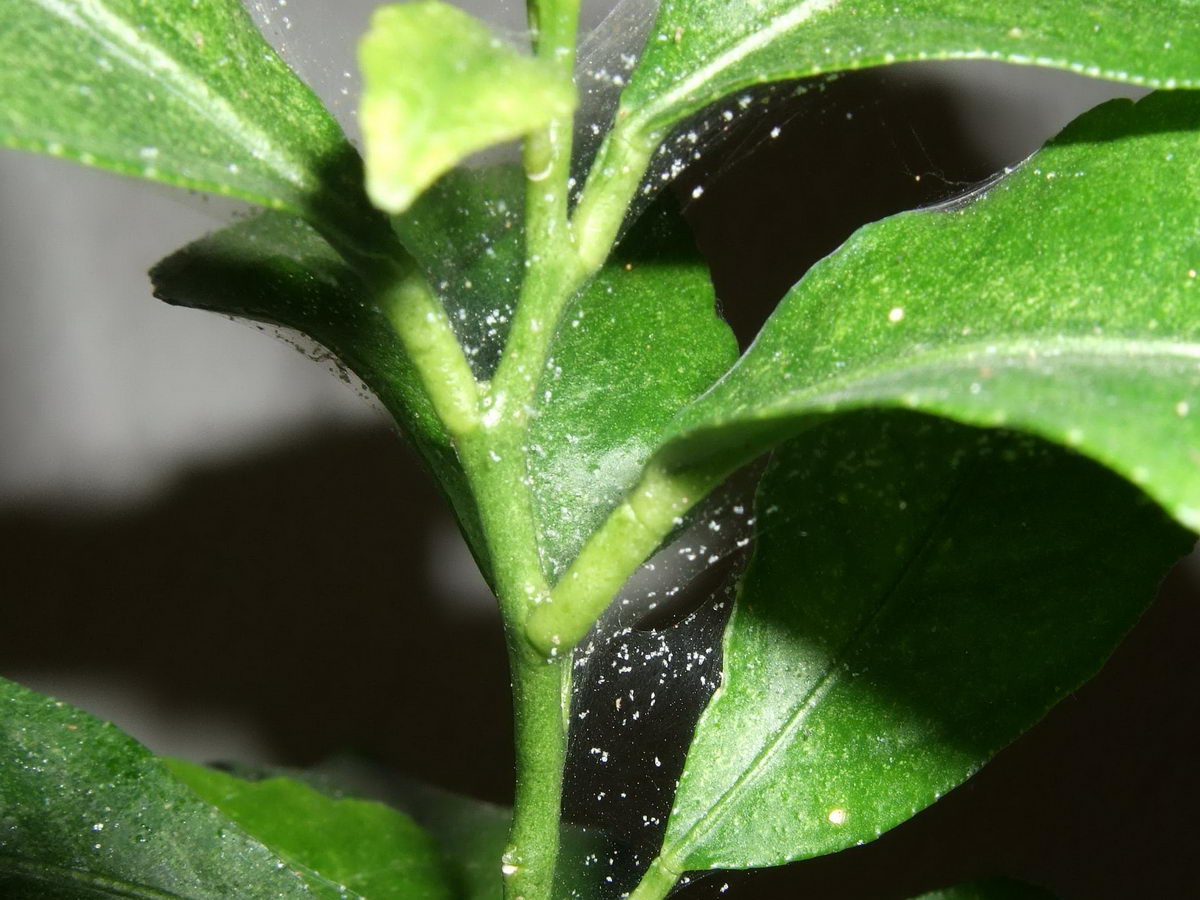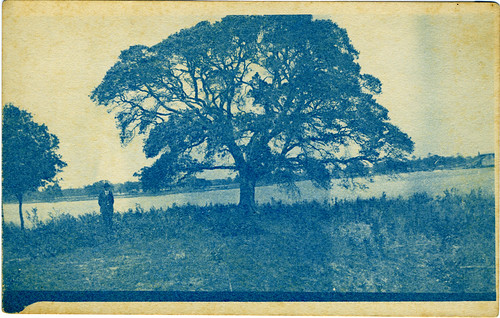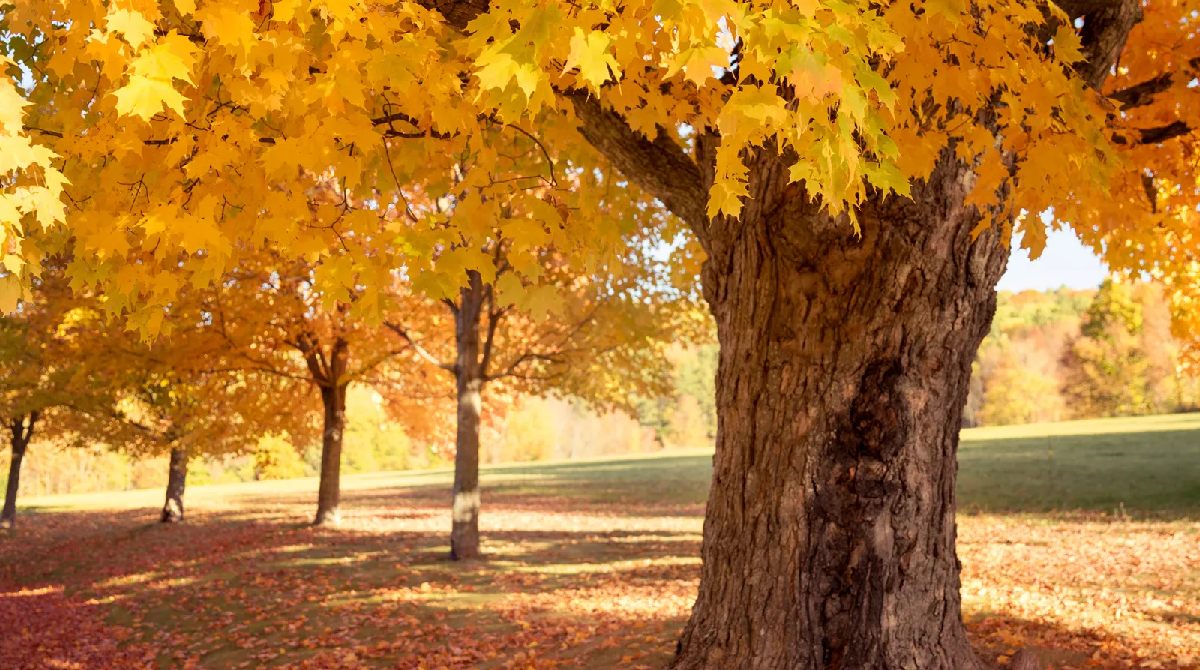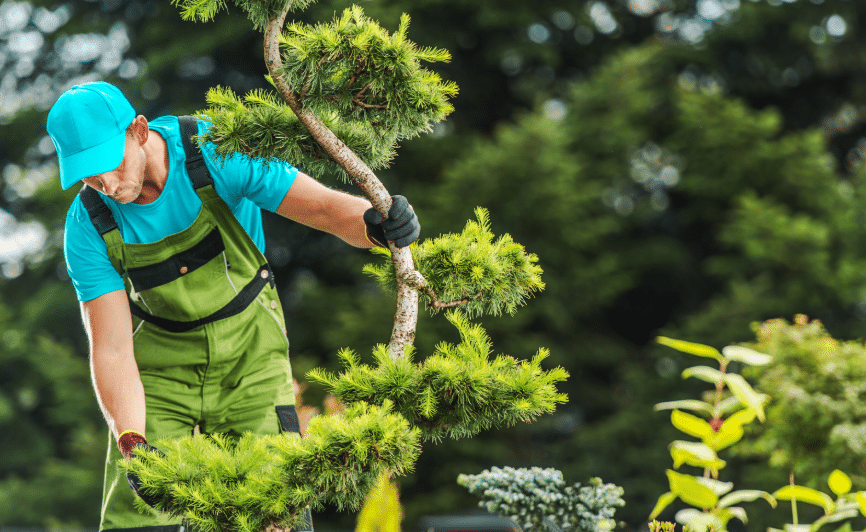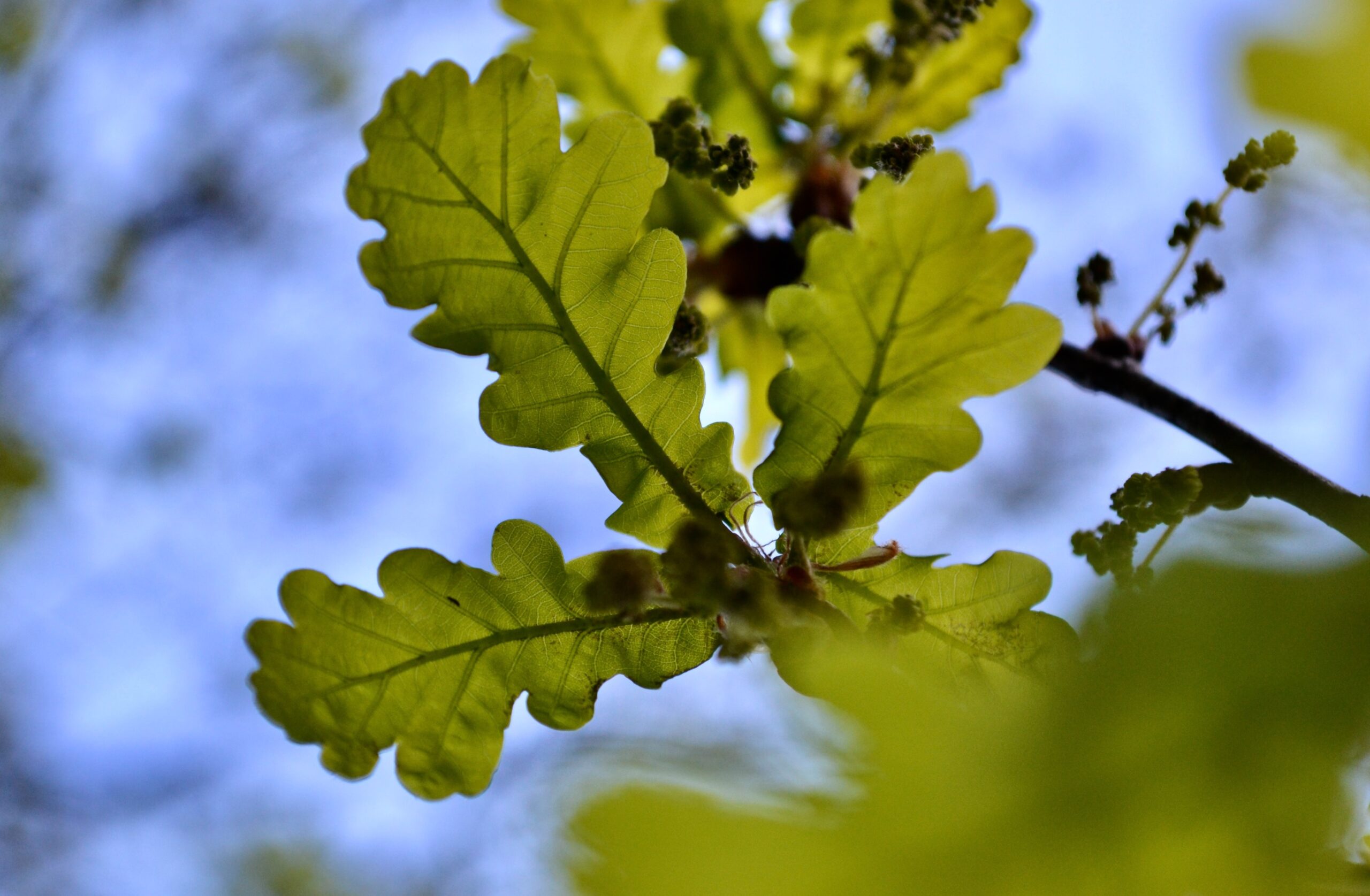
Date October 09, 2023
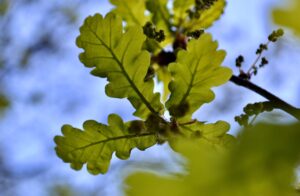
Part 1: Introduction to Tree Diseases in Grapevine
Brief Introduction to Grapevine
Located amidst picturesque landscapes, Grapevine represents a harmonious blend of nature and culture. This region, often known for its vineyards, is also home to numerous trees that add to its verdant appeal. TreeNewal happily serves and prevents tree diseases in Grapevine.
- Importance of Grapevine trees in the region: Beyond casting cool shadows and accentuating the region’s beauty, the trees of Grapevine bear a significance that’s often overlooked.
- Role in local ecology and economy: These trees play a dual role – ecologically, they are the lungs of the region, providing oxygen and being a habitat for diverse wildlife. Economically, beyond the revenue from tourism they attract, they also play a role in controlling soil erosion which is crucial for the vineyards.
Overview of Tree Diseases in Grapevine
The pristine environment of Grapevine, unfortunately, isn’t immune to challenges. Among these challenges, tree diseases have emerged as a prominent concern.
- Growing Concern: As the region witnesses an increase in urban development and climatic shifts, tree diseases are on the rise. Such diseases are not only a threat to the individual trees but they also jeopardize the delicate balance of the entire ecosystem. The concern is not merely ecological but also economic, as sick trees can lead to decreased tourism and increased maintenance costs.
- Effect on Tree’s Health and Productivity: Trees affected by diseases show various symptoms. They might produce fewer fruits, become more susceptible to other diseases or pests, or in the worst case, die prematurely. This not only affects the tree’s health but also its productivity. For example, an infected fruit tree will bear fewer fruits, which directly impacts the income of a farmer. Similarly, a sick ornamental tree will decrease the aesthetic value of a location, potentially reducing its appeal to tourists or residents.
In essence, the trees of Grapevine are an indispensable asset, playing a pivotal role in maintaining the region’s ecological balance and economic stability. The increasing instances of tree diseases pose a significant threat, making it imperative for stakeholders, from farmers to policymakers, to address this issue with urgency and diligence.
Part 2: Top 5 Tree Diseases in Grapevine & Their Remedies
Disease 1: Oak Wilt
Oak Wilt, a menacing disease, predominantly targets the oak trees in Grapevine, deteriorating their health.
-
- Symptoms:
- Leaf discoloration: One of the first signs, the usually vibrant oak leaves take on a sickly hue.
- Early leaf drop: Trees prematurely shed their leaves, an indication of stress.
- Treatment and Prevention:
- Proper pruning techniques: Ensuring clean cuts and using sterilized tools can prevent the spread of the disease.
- Fungicide treatments: Applying fungicides can help curtail the spread and offer protection to unaffected trees.
- Symptoms:
Disease 2: Pine Beetles Infestation
A common culprit behind the declining health of pine trees, Pine Beetles cause more than just superficial damage.
-
- Symptoms:
- Boreholes in bark: The beetles bore into the bark, leaving visible holes.
- Dying branches: Affected branches lose their vitality and eventually die off.
- Treatment and Prevention:
- Bark spray treatments: Spraying affected trees can deter beetles and reduce infestation.
- Tree injections: Certain insecticides, when injected, can protect the tree from inside out.
- Symptoms:
Disease 3: Dutch Elm Disease
This notorious disease, caused by a fungus, primarily targets elm trees and has been a significant concern in Grapevine.
-
- Symptoms:
- Wilted leaves: Leaves lose their vigor, drooping and appearing lifeless.
- Brown streaks on branches: Infected branches display brownish streaks, an evident sign of the disease’s presence.
- Symptoms:
Treatment and Prevention:
- Removing and destroying affected trees: To prevent the spread, affected trees should be promptly removed and destroyed.
- Utilizing resistant varieties: Planting disease-resistant elm varieties can significantly reduce susceptibility.
Disease 4: Phytophthora Root Rot
A soil-borne disease, Phytophthora Root Rot affects the roots of trees, leading to the deterioration of the entire plant.
-
- Symptoms:
- Yellowing leaves: Indicative of root issues, leaves turn yellow.
- Cankers at the base: The base of the tree displays cankers or lesions, signifying rot.
- Treatment and Prevention:
- Good water management: Ensuring proper drainage and avoiding waterlogging can keep the disease at bay.
- Applying fungicides: Treating the soil with fungicides can offer protection against the disease.
- Symptoms:
Disease 5: Apple Scab
Primarily affecting apple trees, Apple Scab, caused by a fungus, can severely impact fruit yield and tree health.
-
- Symptoms:
- Dark spots on leaves: Infected leaves showcase dark, scabby spots.
- Premature leaf drop: As the disease progresses, the tree starts shedding its leaves earlier than usual.
- Treatment and Prevention:
- Fungicide sprays: Regularly spraying the trees during the growing season can control the spread.
- Planting resistant varieties: Opting for varieties less prone to the disease can ensure better yields and tree health.
- Symptoms:
The trees in Grapevine, much like the wine it is renowned for, require careful nurturing. Awareness of these diseases and their symptoms, coupled with proactive measures, can ensure that the verdant charm of Grapevine remains undiminished. Proper treatment and prevention techniques can go a long way in maintaining the ecological balance and ensuring the economic prosperity of the region.
Part 3: FAQs (Frequently Asked Questions) on Tree Diseases in Grapevine
As the health of trees in Grapevine becomes a growing concern, residents often have numerous queries. Here, we address the most frequently asked questions to provide clarity and aid in tree care.
- How often should I inspect my trees for signs of diseases?
- Monthly checks are crucial to detect early signs of infestations or illnesses. Additionally, it’s wise to inspect trees after major weather events that might cause damage or stress to trees, making them more susceptible to diseases.
- Can these tree diseases spread to my home garden?
- Absolutely. Certain diseases can easily spread, especially if not managed effectively. Trees in close proximity or those sharing soil can transmit diseases, making it crucial to monitor regularly and take immediate action if symptoms arise.
- What is the best time of year to treat these diseases
- Treatment efficacy can vary based on the season. Typically, early spring or fall are optimal times, but this largely depends on the specific disease in question and the treatment method used.
- Are there natural remedies for tree diseases?
- Yes, there are. Some diseases can indeed be managed using natural methods, such as botanical sprays or beneficial insects. However, it’s imperative to seek professional advice before applying any remedy to ensure it’s both safe and effective.
- How can I prevent these diseases from affecting my trees?
- Prevention is better than cure. Implementing a few strategies can drastically reduce the risk:
- Regular pruning ensures removal of diseased or dead branches.
- Proper spacing between trees prevents overcrowding and reduces the spread of diseases.
- Planting disease-resistant varieties is a proactive step, especially if a particular disease is prevalent in the area.
- Prevention is better than cure. Implementing a few strategies can drastically reduce the risk:
The vibrant trees in Grapevine are an integral part of the local ecosystem. By staying informed and proactive, residents can ensure their longevity and health, contributing to the overall well-being of the community.
Part 4: Conclusion & Prevention Tips
Trees, often considered the lungs of our planet, play an undeniable role in preserving our ecosystem. The vitality and health of these trees directly influence the environment, wildlife, and the overall aesthetic of Grapevine.
- Reiterating the Importance of Healthy Trees:
- Trees are paramount in maintaining a balanced ecosystem. Their contributions span from oxygen production, soil stabilization, to being a habitat for various species.
- Final Thoughts on Prevention and Care:
- Early detection is crucial. The sooner an issue is identified, the more effective the treatment will be. Furthermore, always lean towards professional care when in doubt. Experts can provide guidance tailored to the unique needs of each tree.
Ensuring the health and longevity of trees in Grapevine not only adds beauty to the region but also reinforces its ecological structure. By staying vigilant and emphasizing proactive care, the community can foster a thriving environment for generations to come.
Trees are the pillars of our environment, especially in urban landscapes. Their presence in Texas cities doesn’t just beautify our streets but offers myriad environmental benefits, from air purification to soil conservation. If you’re passionate about understanding and championing the Environmental Benefits of Urban Trees in Texas, TreeNewal is your go-to expert. Serving the Dallas and Fort Worth Metroplex since 2017, we are committed to preserving, enhancing, and celebrating the urban forest. Let’s join hands to create greener cities for a brighter tomorrow. Connect with TreeNewal today!
